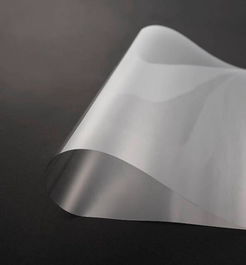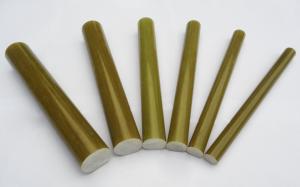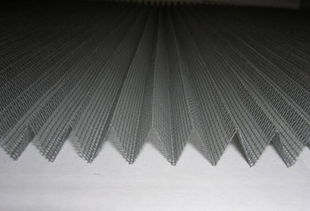Sanding Fiberglass: A Comprehensive Guide
When it comes to working with fiberglass, sanding is an essential step that can significantly impact the final outcome of your project. Whether you’re repairing a damaged part, smoothing out an uneven surface, or preparing for painting, understanding the process of sanding fiberglass is crucial. In this article, we will delve into the various aspects of sanding fiberglass, from the tools and materials you’ll need to the techniques and safety precautions to consider.
Tools and Materials

Before you start sanding your fiberglass, it’s important to gather all the necessary tools and materials. Here’s a list of what you’ll need:
- Sanding Paper: You’ll need different grit levels, starting with a coarse grit for initial sanding and gradually moving to a finer grit for smoothing.
- Sanding Block: A sanding block provides a flat surface for sanding and helps prevent marring the fiberglass.
- Sanding Sponges: These are useful for sanding curved or contoured surfaces.
- Sanding Discs: If you’re using an electric sander, these will be necessary.
- Sanding Sheets: These can be used with orbital sanders for larger areas.
- Sanding Dust Mask: To protect your lungs from inhaling fiberglass particles.
- Gloves: To protect your hands from sharp edges and debris.
- Eye Protection: Safety goggles to shield your eyes from debris.
- Water and Bucket: For rinsing the fiberglass and cleaning your tools.
Make sure to choose the right type of sandpaper for your project. There are two main types: aluminum oxide and zirconia. Aluminum oxide is more common and suitable for most applications, while zirconia is a bit more expensive but offers better durability and less clogging.
Preparation

Before you begin sanding, it’s important to prepare the fiberglass surface. Here are some key steps to follow:
- Remove Any Adhesives: If you’re repairing a damaged part, make sure to remove any adhesives or sealants that may be present.
- Scrape Off Excess Material: Use a putty knife or similar tool to scrape off any excess material or debris from the surface.
- Wash the Surface: Clean the fiberglass surface with soap and water to remove any dirt, grease, or other contaminants.
- Let It Dry: Allow the surface to dry completely before sanding.
The Sanding Process

Now that you have prepared your fiberglass surface and gathered all the necessary tools, it’s time to start sanding. Here’s a step-by-step guide to help you through the process:
- Start with a Coarse Grit: Begin with a coarse grit sandpaper (e.g., 80 or 100) to remove any large imperfections or excess material.
- Use a Sanding Block: Place the sandpaper on a sanding block and apply even pressure as you sand the surface. Avoid applying too much pressure, as this can cause marring or damage to the fiberglass.
- Work in Small Sections: Sand the surface in small sections, moving back and forth in a consistent pattern. This will help prevent marring and ensure an even finish.
- Gradually Move to a Finer Grit: Once the coarse grit has removed the large imperfections, switch to a finer grit (e.g., 150 or 180) to smooth out the surface further.
- Repeat as Necessary: Continue sanding with finer grits until you achieve the desired smoothness. Remember to clean the sandpaper regularly to prevent clogging.
Table: Sanding Grit Levels and Uses
| Grit Level | Use |
|---|---|
| Coarse (80-100) | Removing large imper
You missed |
